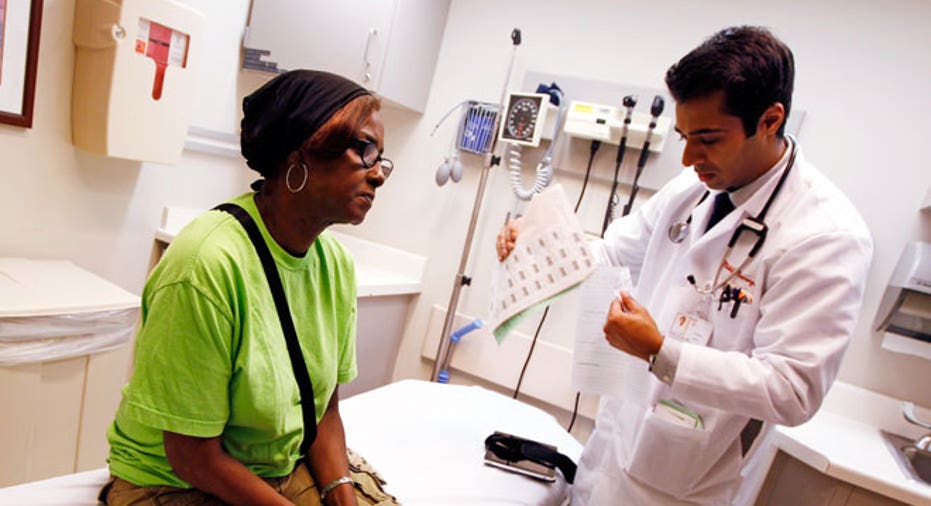Spending on Health Care Increases, Trend Likely to Continue

Ahead of the Affordable Care Act’s first year of implementation, a new study finds health-care spending in the U.S. has ticked up.
A new report from the IMS Institute for Healthcare Informatics, Medicine Use and Shifting Costs of Healthcare: A Review of the Use of Medicines in the United States in 2013, finds total spending on medicines increased 1.0% on a real, per-capital basis in 2013. What’s more, the use of health-care services overall rose for the first time in three years.
The total amount spent on medications hit $329.2 billion last year, up 3.2% nominally and up from the 1% decrease in 2012.
Michael Kleinrock, IMS Health research director, says 2013 marked the passing of a peak in savings and brought a number of patients with pent-up demand back into the market. “We see patients returning to the system, with the biggest drivers of costs being patients with chronic conditions.”
Consumers are likely feeling more confident about the economy, and are thus more willing to spend on health care, explains Paul Howard, director of the Center for Medical Progress at the Manhattan Institute.
“They’re no longer putting off medical care,” Howard says. “Another significant factor [in increased costs] is that more employers are shifting to higher-deductible health plans.”
Patients with insurance coverage did pay more out-of-pocket in the form of deductibles and co-insurance in 2013, IMS Health reports. This is despite lower co-payments for prescriptions and additional discounts for preventative medicines. For example, the report shows the average out-of-pocket costs are below $5 for 57% of all retail prescriptions filled, but 30% of all out-of-pocket costs relate to just 2.3% of prescriptions, as many are high-cost specialty drugs.
In addition, 23% of prescriptions now carry zero out-of-pocket costs, which was an increase seen in 2013.
Prices will Continue to Climb
Health-care spending will likely continue to increase, Howard predicts, as premium levels rise under the ACA. The ACA mandates every individual in the country have insurance by the end of open enrollment period, which passed on March 31, or face a fine of $95 a year or 1% of their annual income for failing to comply.
“You have newer people enrolled and premiums will spike as people are getting care for the first time,” Howard says. “The pools on the exchanges are also sicker. I expect premiums on exchanges to tick up again. We will see double-digit increases for the next year, because of what will probably be an older and sicker risk pool.”
This enrollment period, 7.1 million Americans selected plans on both state and federal exchanges, President Obama announced two weeks ago. A new report on enrollment and demographics is expected mid-month.
The average cost for a mid-tier silver plan on exchange without subsidies is $328 per person. Subsidies are available for those making up to 400% of the federal poverty level, about $45,000 for an individual and $94,000 for a family of four.
The ways in which patients will utilize their insurance in the future will depend on their ability to pay, Kleinrock says.
“A patient’s decision to seek health care and use whatever health care they wind up using comes down to their ability to pay and the costs,” he says. “We see a clear rise in deductibles, and in plans with deductibles and a clear rise in consumer-driven health plans.”
He notes that 20% of those with coverage have high-deductible plans, and that 78% of all insured people have a deductible. What’s more, 38% of those deductibles are over $1,000.
“It’s something that patients are aware of when they are going to see a doctor,” he says.



















